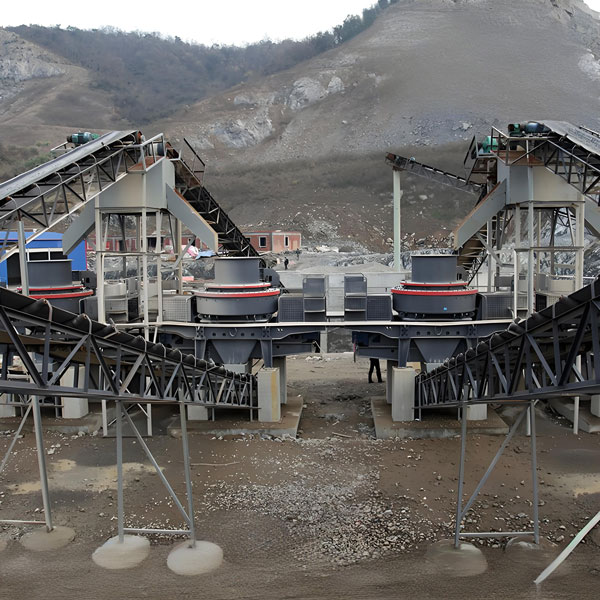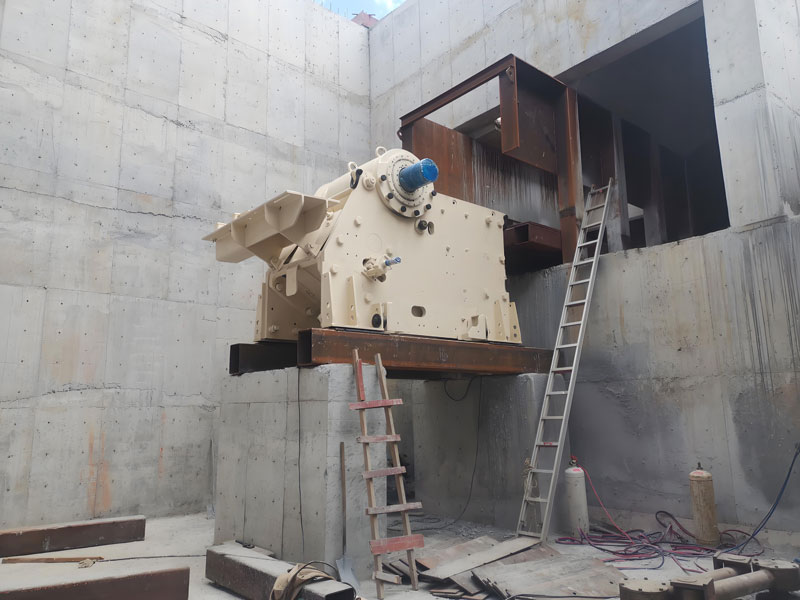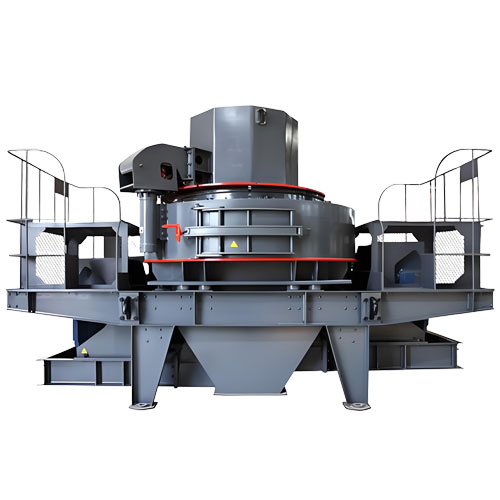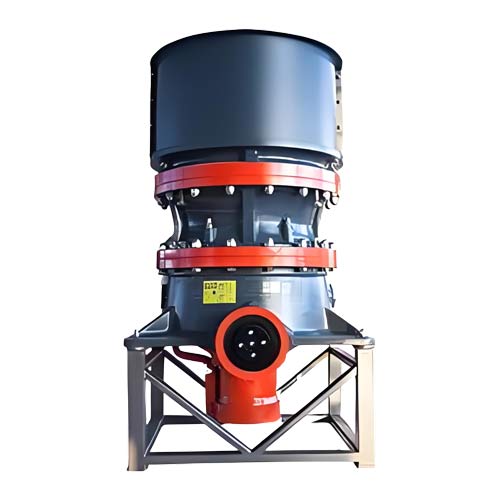Can ceramic glaze be processed with Raymond mill?
With a fineness range of 80-600 mesh and a continuous crushing and grading process, Raymond mill is an ideal choice for grinding medium and low hardness raw materials such as quartz and feldspar in ceramic glazes, making it easy to achieve uniform coating and high gloss.

1. Ceramic glaze characteristics
Ceramic glazes are typically made from a mixture of quartz, feldspar, talc, kaolin, and calcium carbonate. They require a high particle size (typically several hundred meshes) to ensure uniform coating, good gloss, and strong adhesion. While the hardness of the glaze depends on its composition, most raw materials have a relatively low hardness (e.g., feldspar has a hardness of 6-7, talc 1-3), which fits within the processing range of Raymond mills.
2. Applicability of Raymond Mill
● Hardness and humidity requirements: Raymond mill is suitable for non-metallic materials with Mohs hardness ≤ 9.3 and humidity < 6%, which matches the characteristics of glaze raw materials.
● Particle size range: The finished product particle size is usually 80-325 mesh, and some equipment can reach 600 mesh, meeting the fineness requirements of most glazes.
● Process flow: Raymond mill can achieve continuous crushing and grading through roller crushing + air separation and grading, which is suitable for multi-component mixed grinding of glaze.

3. Practical Application Scenarios
● Raymond mill is often used to grind basic raw materials such as quartz, feldspar, calcite, etc. in glazes, and is especially suitable for coarse powder/fine powder processing of medium and low hardness materials.
● For high hardness raw materials (such as partial alumina components), pretreatment or selection of equipment components with higher wear resistance may be required.
Related Products
Inquiry
Please leave us your requirements, we will contact you soon.





